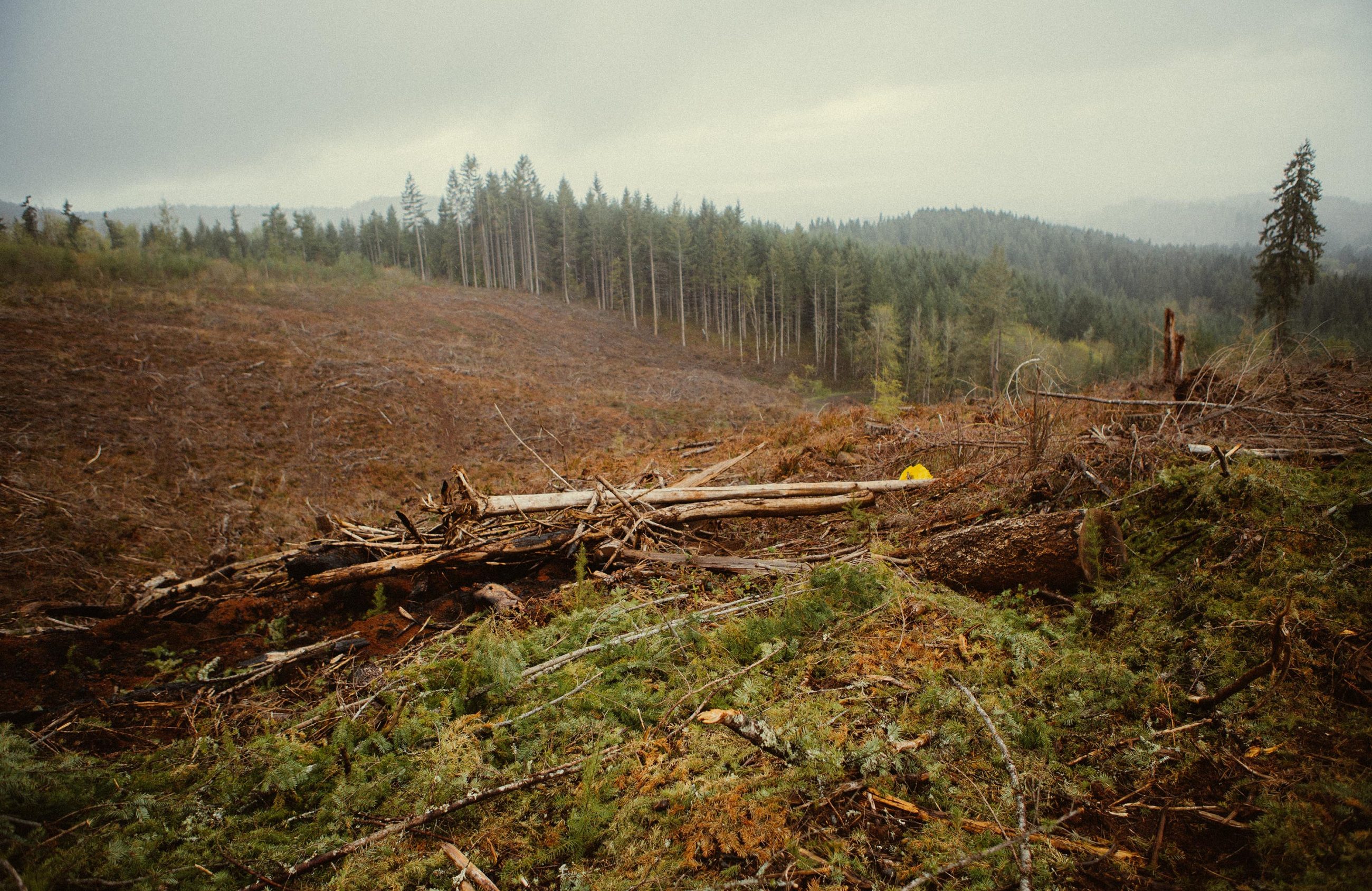Last year, the U.S. Forest Service auctioned off timber outside Cottage Grove. Local organizations concerned about protecting both old-growth trees and animal habitats within them are gearing up to take action, both legal and otherwise, against the logging project.
Environmentalists are specifically concerned with protecting a native species of small rodent called the red tree vole — an animal crucial to keeping the area’s forest ecosystem intact.
The USFS auctioned off two timber sites within its Quartz Integrated Project area, about 22 miles outside of Cottage Grove in the Umpqua National Forest. Rosboro Company at $770,280 was the highest bidder for the first section of forestland, and Swanson Group Manufacturing was the highest bidder for the second section at $555,370.20, according to Forest Service documents.
The USFS’s decision notice says Quartz will consist of commercial thinning approximately 847 acres of tree stands 45 to 130 years old. The notice states, “Harvest systems will include roughly 69 percent skyline logging, 26 percent helicopter logging and 5 percent ground based logging.”
According to the Forest Service, the project “is designed to improve stand health and diversity, improve fire resiliency, provide forest products, and maintain/restore meadow and aquatic habitats.”
Legal director Nick Cady of Cascadia Wildlands, a local environmental nonprofit, says logging will not only eliminate old-growth trees in the area but also harm the animals who inhabit them.
“This sale originally raised some warning flags with us because it targeted some older, never-been-logged species of trees,” Cady says. He says this area is also a prime habitat for the red tree vole.
Slightly smaller than but with similar looks to a hamster, the red tree vole is a “near threatened” species with its biggest threat being “loss of preferred old-growth forest habitat and forest fragmentation by clearcutting practices,” according to the International Union for Conservation of Nature and Natural Resources (IUCN) Red List of Threatened Species.
The red tree vole is also a major food source for the northern spotted owl, which is listed as threatened under the U.S. Endangered Species Act.
The USFS “initially surveyed for red tree voles in 2013 and identified one inactive nest,” says Christine Plourde, acting public affairs officer of the USFS Umpqua National Forest.
However, the all-volunteer citizen group Northwest Ecosystem Survey Team (NEST) re-surveyed the area and over the next three years “documented 70 red tree vole nests, all within harvest units,” says Reed Wilson, a volunteer with NEST.

“Several nest sites were identified through these surveys and the data was incorporated into the project analysis and ultimately the Quartz Integrated Resource Project Decision Notice,” Plourde says.
Even with this new survey information from NEST, the Forest Service designated the site “non-high priority,” stating that the red tree vole population in the area, now confirmed to be active, would not be harmed by the project.
Non-high priority sites are deemed to not need protection against logging and other habitat changes, as part of the Northwest Forest Plan’s Survey and Manage program.
The Cottage Grove Ranger District’s Environmental Assessment of the project site states that negative effects of the logging will be “minor and temporary,” and therefore will be “immeasurable/undetectable” on the red tree vole.
“They just kind of completely flipped their story and that’s generally illegal for the Forest Service to do,” Cascadia Wildlands’ Cady says.
He says that Cascadia Wildlands is currently considering legal action against the Forest Service.
Local grassroots action organization Cascadia Forest Defenders (CFD) is looking to take a more physical stance against the Quartz Integration Project.
“We are going to do our best to stop any work from being done on this through various direct action means,” says CFD member Cooper Otte. “And that kind of depends on what they try to do.”
CFD regularly hosts trainings on direct action and environmental and social justice. Otte says the group is holding a “climb camp” near the Quartz project.
“We’re going to have a climbing training camp out there April 23 to 29,” Otte says. “So, that’s just inviting a lot of people who are either new to climbing or direct action or just want to practice some skills, and we’re going to be in that immediate area where the Quartz project is.”
Otte says anyone from the public is invited and can sign up or get more information by emailing forestdefensenow@gmail.com.
For the Swanson Group’s timber, “the current operating plan includes ongoing road work this summer with harvest activities beginning this fall,” says USFS’s Plourde. For Rosboro Company, Plourde says, “The current operating plan only involves road work this summer.” Timing is subject to change for both.
Reed Wilson was incorrectly titled as “a founder and leader of NEST” due to a miscommunication via email. He is actually a volunteer with the group.
